This is personal
With 20 plus years as a chef on superyachts/oil rigs and nearly a decade supplying intumescent coatings to New Zealand, I’ve gained extensive experience in compliance and health and safety standards.
When I entered the fire safety industry in 2017, I was eager to learn and committed to getting it right. I didn’t want to compound a problem — I wanted to provide a solution. I followed the building code, engaged with industry standards, and sought advice from those who were supposed to have the answers. I asked countless questions, built connections, and checked every required box.
In the process, I developed an intumescent coating system — more than just a product, it is a tested and endorsed solution incorporating training, service, contextual analysis, and root cause investigation. My goal wasn’t just compliance. I wanted to broaden the framework and push beyond basic requirements.
Yet despite all this effort, my solution hasn’t been embraced as widely as it should have been. I did everything right, so what went wrong?
This question led me to start a series of articles exploring what’s broken within the current system. The reality is, our compliance model enables shortcuts, lacks accountability, and is fundamentally reactive and disconnected. I had to walk this path to realise that a broken system can never lead to safer buildings.
The core issue is this: Adapting a flawed system only reinforces the problem. No matter how much effort is put into improving one part, another will inevitably fall apart. Compliance is treated as an afterthought — addressed only when problems arise — leading to costly fixes, legal risks, and compromised safety. This cycle needs to be stopped.
Proactive compliance: Building a sustainable passive fire safety system
As mentioned, I prefer to offer solutions rather than contribute to the problem. After observing for some time, I want to present an idea that I hope can initiate positive change.
We need a proactive approach that ensures compliance is embedded into the construction and maintenance process from the very beginning. Proactive compliance management involves taking a forward-thinking approach.
Instead of waiting for issues to arise or for inspections to highlight failures, it’s about identifying potential problems before they occur and addressing them proactively. For passive fire safety systems, this means ensuring that they are designed and installed with the context in mind and maintained to the highest standards in compliance with relevant building codes and fire safety regulations, and keeping them operational over time.
Sustainability in passive fire safety is not just about durable materials but about creating a system that works for everyone — a system that is actively supported by all involved, considers the human factor, and continuously improves over time.
HACCP: A proven system that works
With my experience in other industries, I am often astonished by our inability to recognise and adopt solutions that have been successfully implemented elsewhere. Adapting the Hazard Analysis and Critical Control Points (HACCP) plan, a well-established risk management framework used successfully in food safety could be one option to improve our industry.
It is a system that is built on preventative action, ensuring hazards are identified and mitigated before they become issues; in the food industry, as well as in fire safety, this means: before people get sick or die.
Let’s have a look at how this is different to the way that we approach fire safety today?
1) Reactive vs. Proactive
- Current: Compliance is often addressed after issues arise, whether during final inspections, audits, or — worse — after a fire incident.
- HACCP: Risks are identified before they become problems, with structured checkpoints and controls throughout a building’s lifecycle.
2) Box-Ticking vs. Continuous Monitoring
- Current: Many passive fire compliance measures focus on checking off regulatory requirements rather than ensuring actual Fire Safety effectiveness.
- HACCP emphasises continuous verification and real-time monitoring to always maintain safety and effectiveness.
3) Fragmented Responsibility vs. Clear Accountability
- Current: Compliance is disconnected, with different stakeholders handling their tasks separately, leading to gaps in accountability.
- HACCP establishes clear roles and responsibilities, ensuring that every stage of compliance is accounted for and consistently maintained.
4) Technical Focus vs. Human Factor Integration
- Current: Emphasises technical standards but often overlooks human error, training, and behavioural aspects that impact compliance.
- HACCP acknowledges human factors, ensuring training, procedures, and checks are in place to minimise mistakes.
5) Costly Corrections vs. Cost-Efficient Prevention
- Current: Non-compliance is often discovered too late, requiring expensive remediation after construction is complete.
- HACCP prevents costly fixes by ensuring compliance is built in from the start, reducing financial and safety risks.
6) Compliance Gaps vs. Systems Thinking
- Current: Different stakeholders — architects, contractors, inspectors, and building owners — often work in silos, leading to compliance gaps with fire safety elements being overlooked.
- HACCP views the entire process as an interconnected system rather than isolated parts, with continuous feedback loops, rather than a linear process. Each decision made at one stage affects the next, meaning:
- Design choices must consider long-term fire resilience and maintainability.
- Material selection must align with both compliance and real-world performance.
- Construction quality must be verified at multiple stages to prevent downstream failures.
- Inspection and certification should not just be a final checkpoint but an ongoing assurance process.
A HACCP system ensures compliance is integrated throughout the entire lifecycle of a building. This prevents last-minute corrections and creates a self-reinforcing safety culture where every stakeholder understands their impact on the overall fire safety system. HACCP ensures clear responsibility at every stage, reducing the risk of miscommunication and oversight.
Using technology to support the process
Nowadays, we have the unique opportunity to use AI-powered inspection and monitoring tools to transform compliance management by making it significantly more efficient and accurate. AI can analyse vast amounts of data to detect inconsistencies, identify risks, and ensure that fire safety systems remain compliant.
By integrating AI into the compliance process, e.g. AI-driven visual inspections, building owners and professionals gain a real-time, data-driven approach to fire safety. This helps catch installation errors, missing documentation, or maintenance lapses, reduces reliance on manual checks, and minimises the risk of human oversight, ensuring a more accurate, efficient, and proactive compliance system.
Conclusion
I began this article on a personal note, and after proposing a potential solution — at the very least, a concrete starting point for discussion — I’d like to conclude in the same way.
Almost everyone I know is driven by the desire to do a good job, yet our current system makes this incredibly difficult. When we fail to provide a framework that allows people to see the tangible impact of their efforts, engagement and motivation inevitably decline.
Addressing this issue will never be the responsibility of a handful of individuals making decisions in isolation. Meaningful progress requires collective effort, collaboration, and a shared commitment to driving change.
By creating a system that encourages collaboration, transparency, and active participation, fire safety becomes an integrated part of the building’s lifecycle rather than a reactive obligation. When everyone involved believes in the system and sees its benefits, compliance is no longer a challenge but a natural outcome of good practice.
Compliance must ultimately serve its true purpose — ensuring safe spaces for our country. The longer we delay action, the further we push back the impact of any solution.
Let’s draw a line in the sand!
In our next article, we will take a closer look at the various roles of stakeholders and explore ways to optimise their contributions.







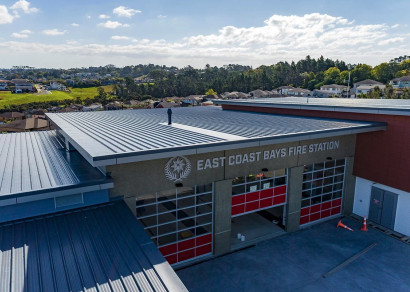
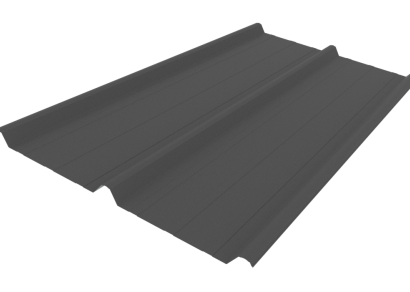


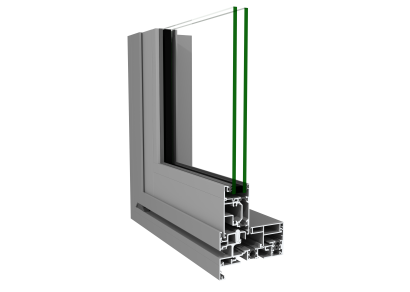




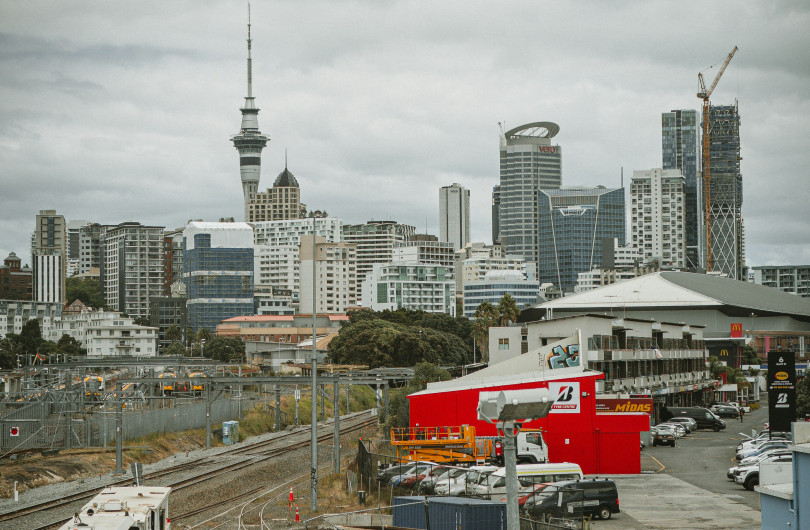

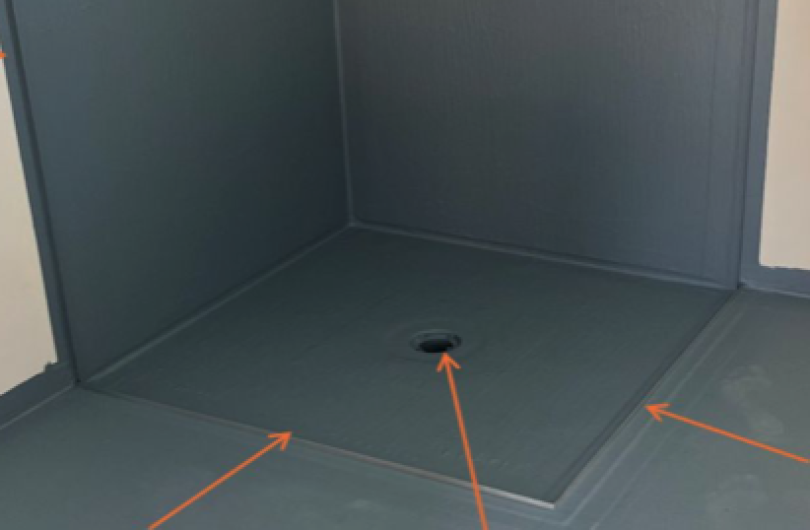





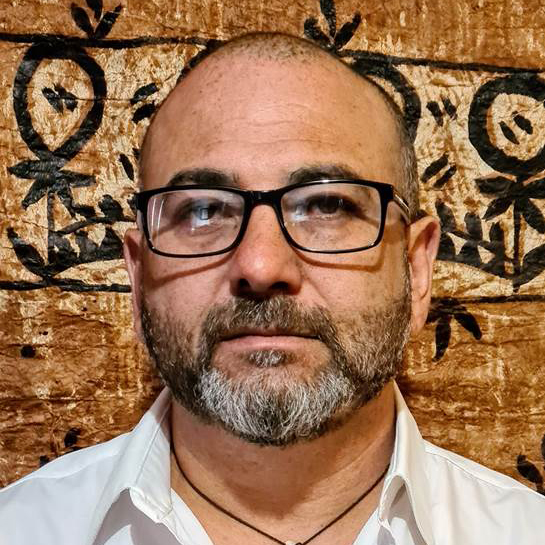




 Most Popular
Most Popular Popular Products
Popular Products



